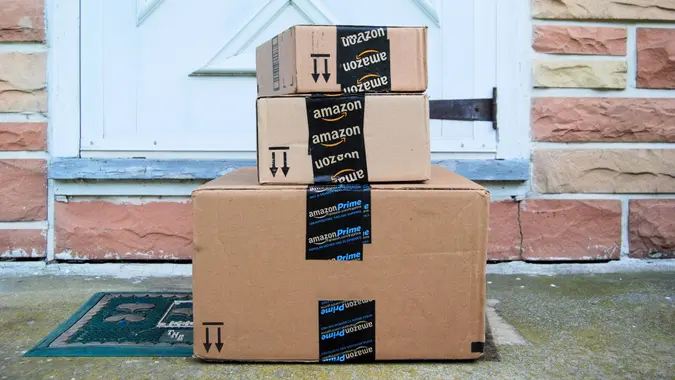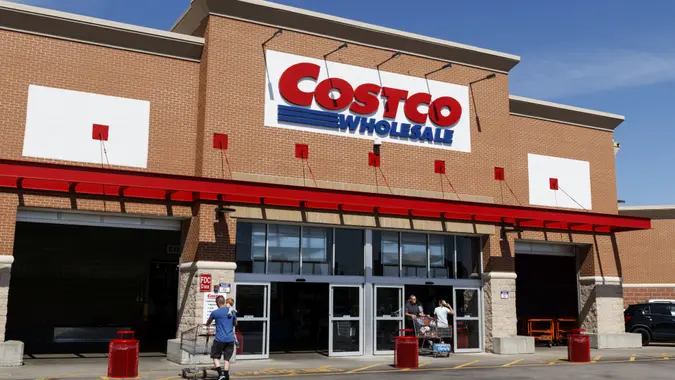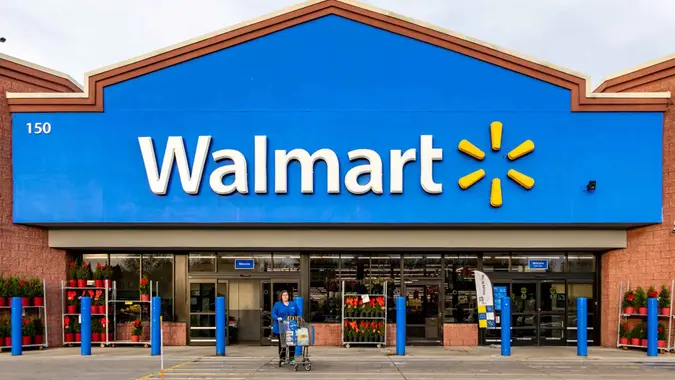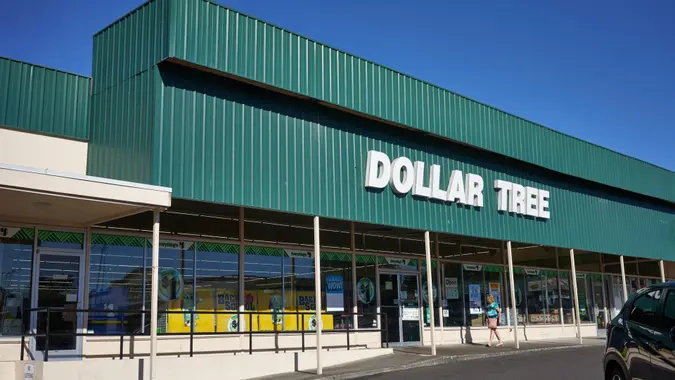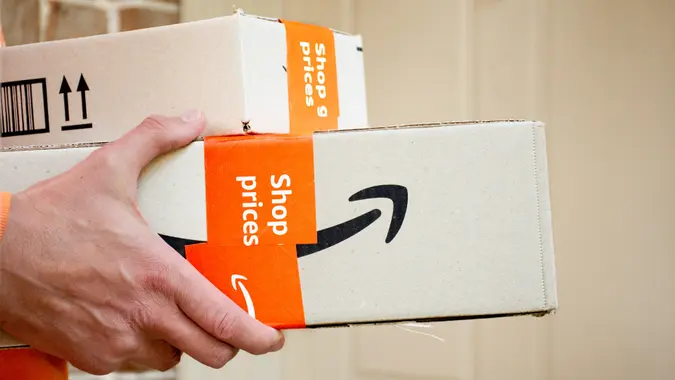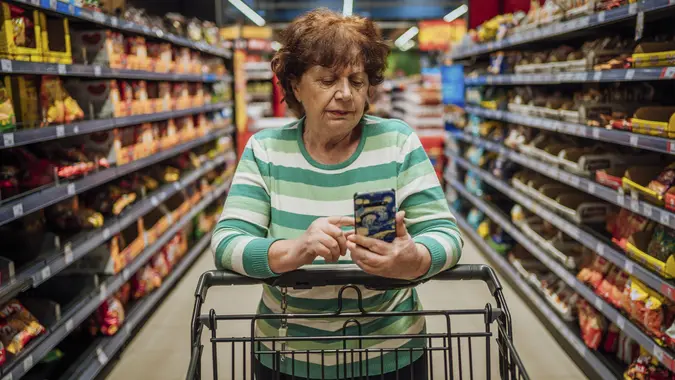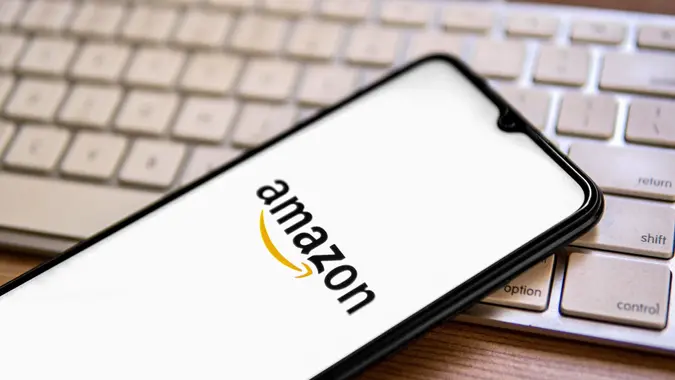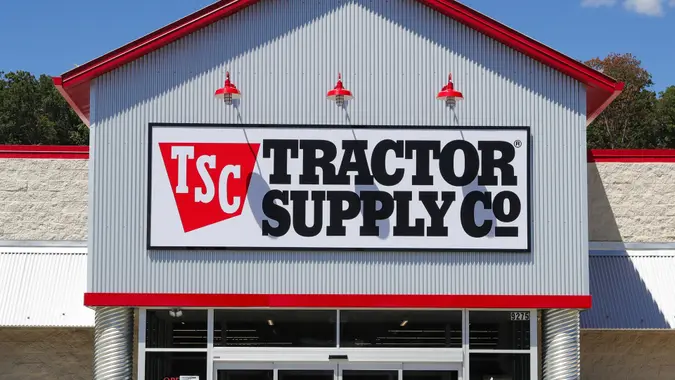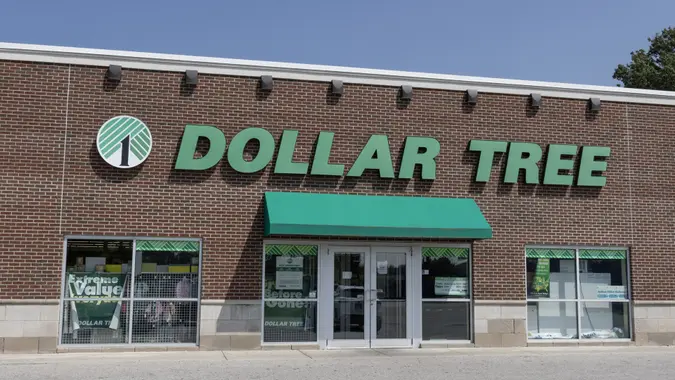Stop Buying These 9 Things by the End of 2025 To Save Money

Commitment to Our Readers
GOBankingRates' editorial team is committed to bringing you unbiased reviews and information. We use data-driven methodologies to evaluate financial products and services - our reviews and ratings are not influenced by advertisers. You can read more about our editorial guidelines and our products and services review methodology.

20 Years
Helping You Live Richer

Reviewed
by Experts

Trusted by
Millions of Readers
As we near the end of the year, now is a great time to evaluate your finances and commit to quitting bad spending habits. After all, there’s no time like the present to re-focus on your personal finances, set long-term goals and build a better budget.
You can start by reviewing your expenses and cutting ones that provide little value, have cheaper alternatives or enable bad financial habits, like ordering takeout when you have a fridge full of groceries. Even small changes can add up over time, and cutting wasteful costs now can mean improved financial success in the long run.
So, what items should be permanently crossed off your shopping list to boost your savings this year? Here are nine things you should stop buying by the end of 2025.
Single-Use Plastics
Not only are plastics eating away at the planet, but they’re unnecessary and a waste of money. Some estimates predict that it could take up to 1,000 years for plastic bags to become organic matter, according to a report from the Toronto Environmental Alliance.
Rather than single-use plastic water bottles, sandwich baggies and straws, find non-disposable products you can wash and reuse. Saving dollars and cents on each grocery bill can help boost your emergency fund.
Bulk Packaged Food
People are suckers for the seemingly great deals on food at the warehouse stores, but unless you have a few teenagers at home, think twice about buying in bulk, especially for perishable goods like fruits and vegetables. That bag of avocados looks like a bargain compared to the per-avocado price at the grocery store, but if you wind up throwing half of them out, that bargain is a bust.
You’ll also be reducing food waste. According to Feeding America, nearly 38% of all food in the country is wasted, amounting to a loss of $473 billion per year — that’s the equivalent of 145 billion meals.
Birthday and Greeting Cards
It really is the thought that counts when it comes to sending someone a nice birthday greeting, thank you note or congratulations on a big life event, but no one said you had to do so in a formal card and envelope. Sites like 123cards.com have plenty of e-cards to choose from, with more designs than you are likely to find on display at a retail store.
Forever stamps already had two price hikes last year — they’re now at 73 cents — so save yourself some money in 2025 and go electronic with greetings. Even the small amount of change you save can go toward bigger financial goals, such as paying off debt.
Cleaning Supplies
Store-bought surface, bathroom and glass cleaners are loaded with harmful chemicals that may be toxic to breathe in over a long period. Health and financial experts would agree that these aren’t worth spending money on in 2025.
There’s another option to get the same fresh feeling around your house without putting yourself in harm’s way — and can save you money in the process. Go DIY with your own mixture of vinegar or baking soda with water and some essential oils for a bright finishing scent.
New Clothes
The resale market is having a huge moment right now. According to a report by secondhand clothing platform ThredUp, the global secondhand market is expected to nearly double by 2027, reaching $350 billion.
Given the popularity, sites like ThredUp, Poshmark, eBay and even Facebook Marketplace are great spots to get deals on gently used clothing — some still with tags — rather than pay the markup for brand-new apparel.
ATM Fees
When you need some quick cash, resist stopping at the first ATM you see, because you could pay for the convenience. When the average atm fee is nearly $5 for using a machine outside of your bank’s ATM network in the United States, it’s time to stop needlessly swiping your card.
Check your bank’s app for the location of local branches, or even better, switch to a bank that refunds your ATM fees. Or stop into a local drug or grocery store that offers cash back with a purchase, buy that shampoo you need and get an extra $20 back at the register.
Delivery
These days you can pretty much get anything delivered to your doorstep, usually without even having to look up from your phone. It comes at a cost, though. Fees, higher prices, and tips for the driver add up to a serious premium. Sometimes the convenience is genuinely worth it, but it’s all too easy to let it become a habit.
Opting to pick up that food order or making do until your next grocery run can add up to serious savings over time.
Morning Coffee Runs
It’s become a cliche, but it’s true — those coffee shop lattes five days a week can drain your financial cup. Consider making coffee at home and bringing it with you in a reusable cup. You’ll save over $1,000 a year.
Even grabbing coffee two to three times a week instead of every day can lead to big savings.
Impulse Purchases
Impulse buys used to be limited to the cheap candy and knick-knacks right before the checkout stand, but the ubiquity of online shopping means that you can buy a new TV about as easily as you can grab a bag of Skittles. Never let yourself get swept up in the excitement of a sale. Instead, use the 24-hour rule.
That means before any unplanned major purchase, wait 24 hours and see if you still think you want or need that item. More often than not, the urge will pass, and you’ll keep that money in your wallet.
Caitlyn Moorhead, James Holbach, Selena Fragassi and Jami Farkas contributed to the reporting for this article.
More From GOBankingRates
- Nearly 1 in 3 Americans Hit by a Costly Holiday Scam, Norton Survey Shows -- How To Avoid This
- Here's What the Average Social Security Payment Will Be in Winter 2025
- How Middle-Class Earners Are Quietly Becoming Millionaires -- and How You Can, Too
- The Easiest Way to Score $250 for Things You Already Do
 Written by
Written by  Edited by
Edited by 





